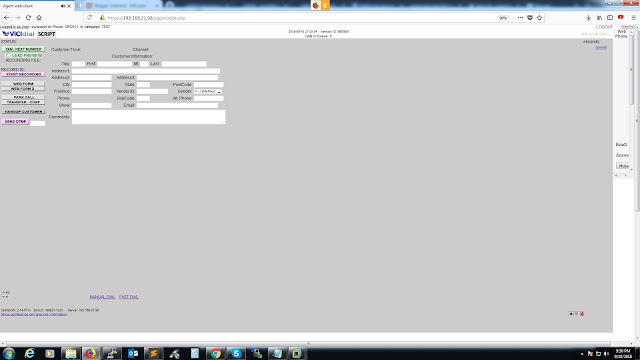1. Sign in to the Azure portal:
- Open a web
browser and navigate to the Azure portal (portal.azure.com).
- Enter your Azure
account credentials and sign in.
2. Access the Azure Active Directory (AD) service:
- In the Azure
portal, search for and select "Azure Active Directory" from the
services list.
- You will be
redirected to the Azure AD management page.
3. Navigate to the Security page:
- In the left-hand
menu of the Azure AD management page, click on "Security" to access
the security settings.
4. Enable Azure Multi-Factor Authentication:
- On the Security
page, click on "Azure Multi-Factor Authentication" to open the MFA
configuration settings.
5. Select users for MFA:
- In the MFA
configuration settings, click on "Users" to view and manage the users
who will be required to use MFA.
- Choose the users
you want to enable MFA for by selecting the checkboxes next to their names.
6. Enable MFA for selected users:
- With the desired
users selected, click on "Enable" at the top of the page to enable
MFA for them.
- A confirmation
dialog will appear. Click "Enable multi-factor auth" to proceed.
7. Choose MFA verification options:
- After enabling
MFA, the users will be prompted to set up their MFA verification options.
- They can choose
from options like mobile app notification, phone call, or text message
verification.
8. Configure MFA settings:
- Back in the MFA
configuration settings, you can customize the MFA options and policies.
- Click on
"Service Settings" to configure settings like fraud alert
notifications, remember devices, or trusted IPs.
9. Test MFA:
- Once MFA is
enabled for the selected users, it's important to test the functionality to
ensure it's working correctly.
- Ask the users to
sign in and go through the MFA verification process using their chosen
verification method.
10. Monitor and manage MFA:
- From the MFA
configuration settings, you can monitor MFA usage, view MFA reports, and manage
user settings.
- Regularly review
MFA usage and make adjustments to policies or user settings as needed.
By following these steps, you can configure multi-factor
authentication (MFA) for enhanced security in Azure. MFA adds an extra layer of
protection to user accounts, reducing the risk of unauthorized access and
potential security breaches.




0 comments:
Post a Comment